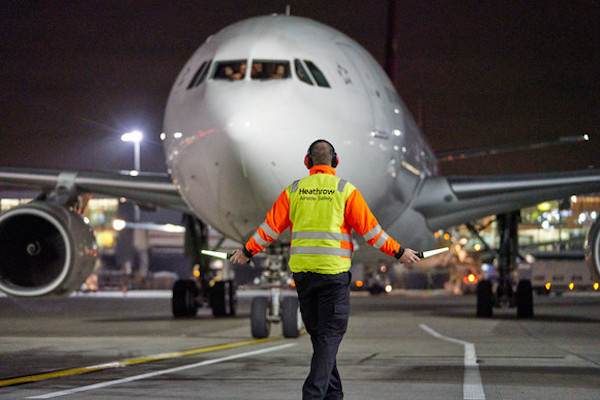Warning of ‘razor thin’ airline profits after three years of pandemic losses
Iata chief voices optimism despite challenges

Global airline profits will be “razor thin” in 2023 after losses were cut this year following the Covid crisis.
Next year will see the first collective profit – estimated at less than $5 billion – since pre-pandemic 2019 when a figure of $26.4 billion was achieved.
The industry reduced losses to $42 billion last year after suffering a $138 billion hit in 2020. This year’s deficit is expected to be cut to $6.9 billion.
The figures were released by Iata, outlining how airlines have continued to cut losses stemming from the effects of the pandemic.
The airline trade body warned that the economic and geopolitical environment presents several potential risks to the 2023 outlook:
While indications are that there could be an easing of aggressive inflation-fighting interest rate hikes from early 2023, the risk of some economies falling into recession remains. Such a slowdown could affect demand for both passenger and cargo services. It would, however, likely come with some mitigation in the form of lower oil prices.The outlook anticipates a gradual re-opening of China to international traffic and the easing of domestic Covid-19 restrictions progressively from the second half of 2023. A prolongation of China’s zero Covid policies would adversely affect the outlook.If materialised, proposals for increased infrastructure charges or taxes to support sustainability efforts could also eat away at profitability in 2023.However, a recent Iata poll of travellers in 11 global markets revealed that nearly 70% are travelling as much or more than they did prior to the pandemic.
While the economic situation is concerning to 85% of travellers, 57% have no intention to curb their travel habits.
Iata director general Willie Walsh said: “The job of airline managements will remain challenging as careful watch on economic uncertainties will be critical.
“The good news is that airlines have built flexibility into their business models to be able to handle the economic accelerations and decelerations impacting demand.
“Airline profitability is razor thin. Each passenger carried is expected to contribute on average just $1.11 to the industry’s net profit. In most parts of the world that’s far less than what is needed to buy cup of coffee.
“Airlines must remain vigilant to any increases in taxes or infrastructure fees. And we’ll need to be particularly wary of those made in the name of sustainability.
“Our commitment is to net zero CO2 emissions by 2050. We’ll need all the resources we can muster, including government incentives, to finance this enormous energy transition. More taxes and higher charges would be counter-productive.”
He added: “Despite the economic uncertainties, there are plenty of reasons to be optimistic about 2023.
“Lower oil price inflation and continuing pent-up demand should help to keep costs in check as the strong growth trend continues.
“At the same time, with such thin margins, even an insignificant shift in any one of these variables has the potential to shift the balance into negative territory. Vigilance and flexibility will be key.
“The expected profits for 2023 are razor thin. But it is incredibly significant that we have turned the corner to profitability.
“The challenges that airlines will face in 2023, while complex, will fall into our areas of experience.
“The industry has built a great capability to adjust to fluctuations in the economy, major cost items like fuel prices, and passenger preference.
“We see this demonstrated in the decade of strengthening profitability following the 2008 global financial crisis and ending with the pandemic. And encouragingly, there are plenty of jobs and the majority of people are confident to travel even with an uncertain economic outlook.”

 FrankLin
FrankLin 































